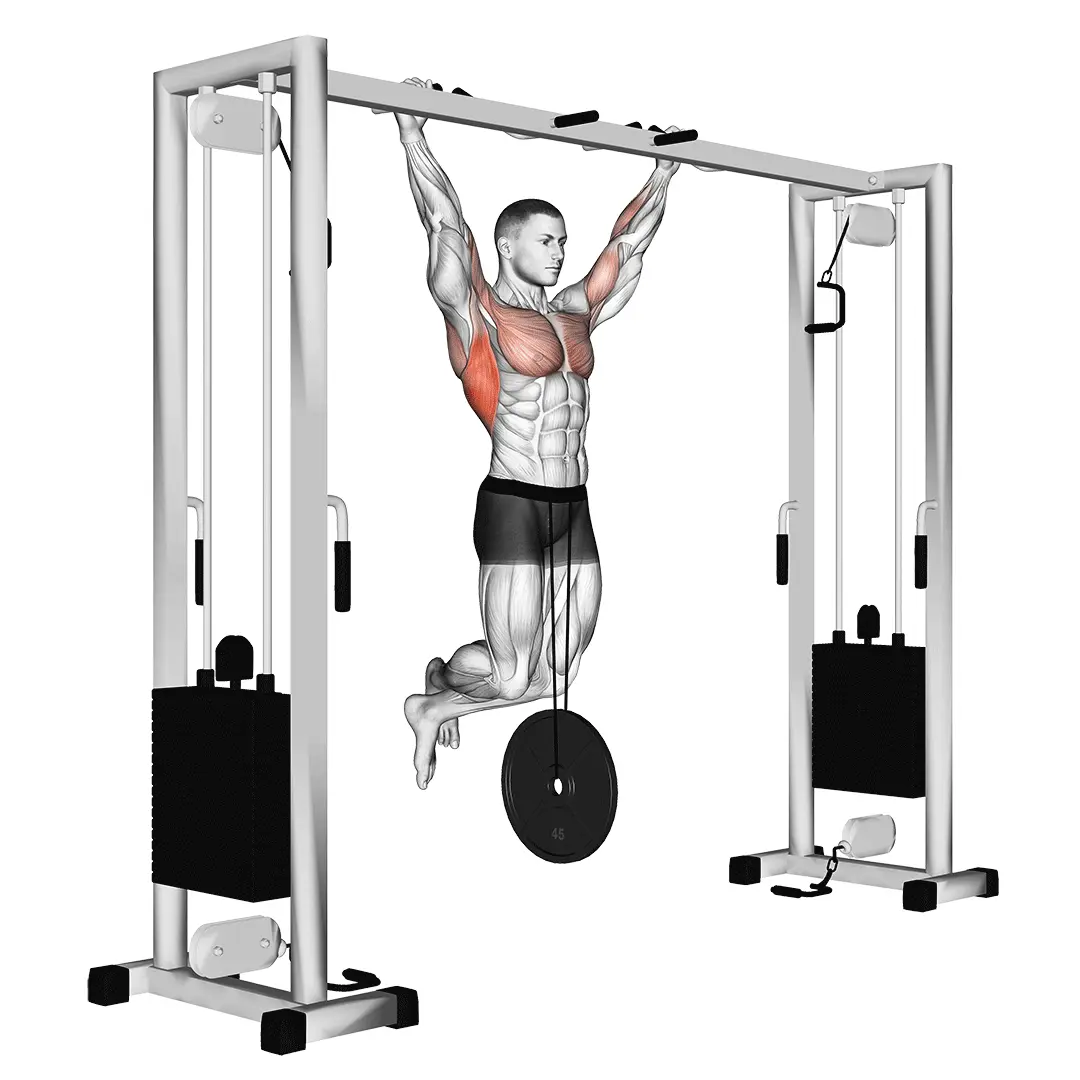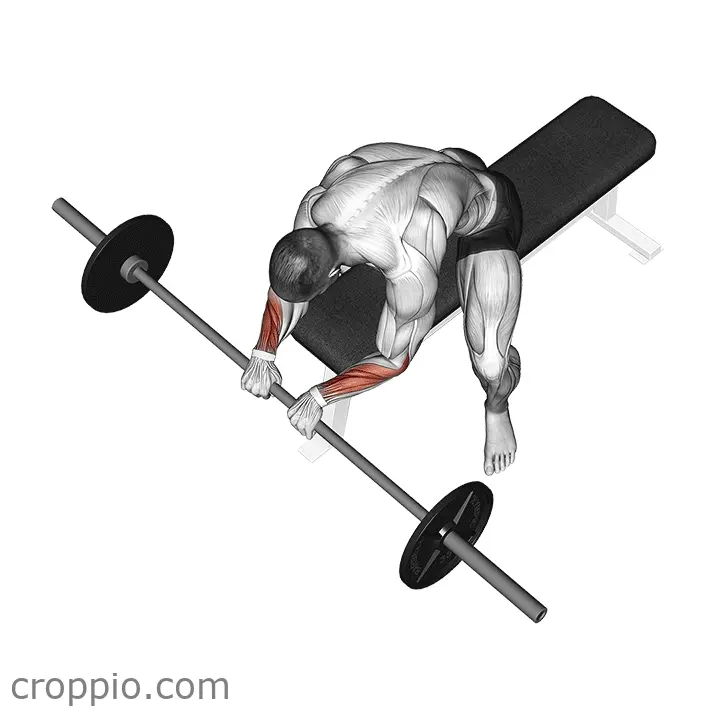Wrist Rotations

Muscles Involved
The primary muscles involved in wrist rotations are the forearm muscles, specifically the pronator teres and supinator muscles. These muscles are responsible for rotating the forearm and wrist. The pronator teres assists in pronation, which is the inward rotation of the wrist, while the supinator facilitates supination, or outward rotation. Secondary muscles, such as the flexor and extensor carpi radialis and ulnaris, help stabilize the wrist during the motion, contributing to overall wrist strength and enhancing flexibility.
Top Mistakes
- Neglecting warm-up: Failing to warm up can lead to strains or discomfort. Always begin with gentle wrist movements.
- Overextension: Rushing through wrist rotations or overextending can cause injury. Maintain controlled movements within a comfortable range.
- Incorrect posture: Failing to maintain proper posture can lead to unnecessary strain on the wrists and forearms.
Execution Tips
- Posture: Sit or stand up straight with your shoulders relaxed. Ideally, keep your elbows bent at around 90 degrees, keeping your forearms close to your body.
- Control the movement: Move your wrists slowly in circular motions, ensuring each rotation is smooth and controlled. Aim for a full range of motion without straining.
- Breath: Inhale deeply before you start the rotation and exhale as you complete each circle to promote relaxation and focus.
Workouts
Wrist rotations can easily be incorporated into a comprehensive workout routine. As a warm-up, perform 3 sets of 10-15 repetitions in each direction (clockwise and counterclockwise). This exercise can be combined with other forearm-enhancing exercises, such as dumbbell wrist curls, wrist extensions, and grip squeezes, to develop overall forearm strength. Incorporating wrist rotations into your routine 2-3 times a week will significantly improve wrist mobility and strength over time.
Conclusion
Wrist rotations are a simple yet highly effective exercise for enhancing wrist mobility and strength. By engaging essential muscle groups, this exercise aids in preventing injuries and improving performance in various physical activities. Regularly incorporating wrist rotations into your fitness routine can lead to greater hand dexterity, enhanced grip strength, and reduced risk of repetitive strain injuries, ultimately promoting long-term joint health.



